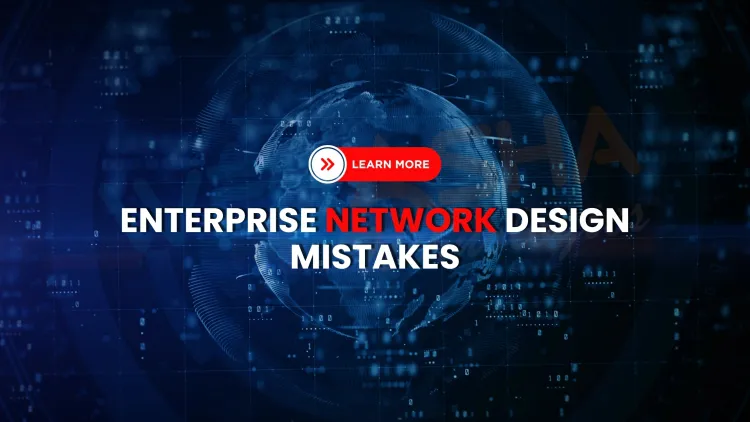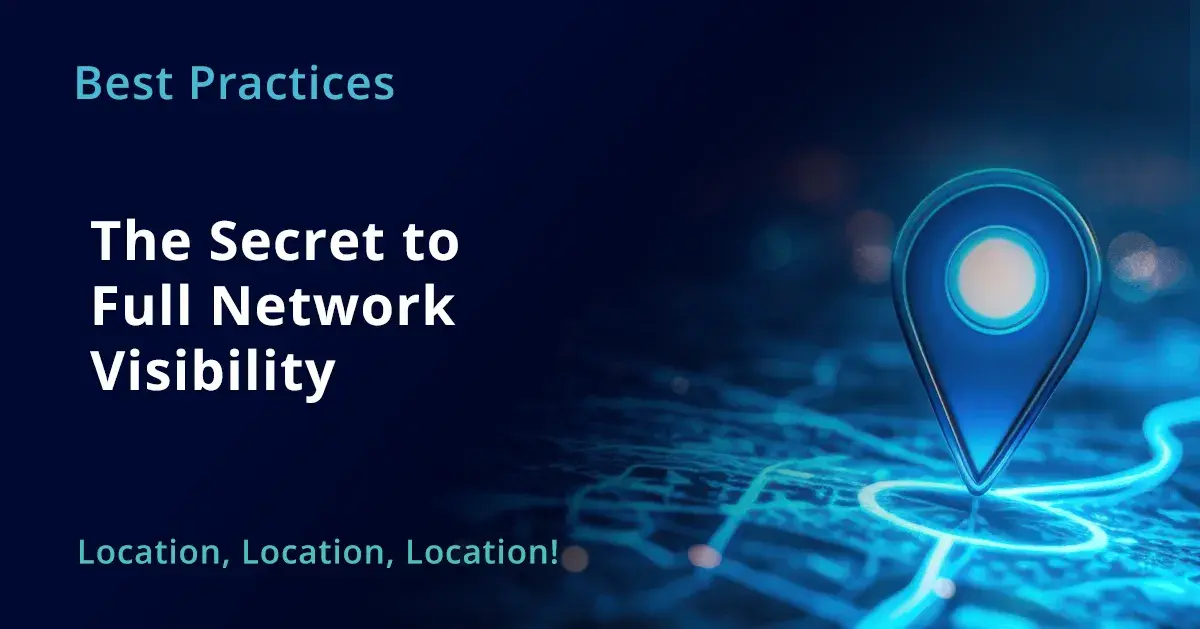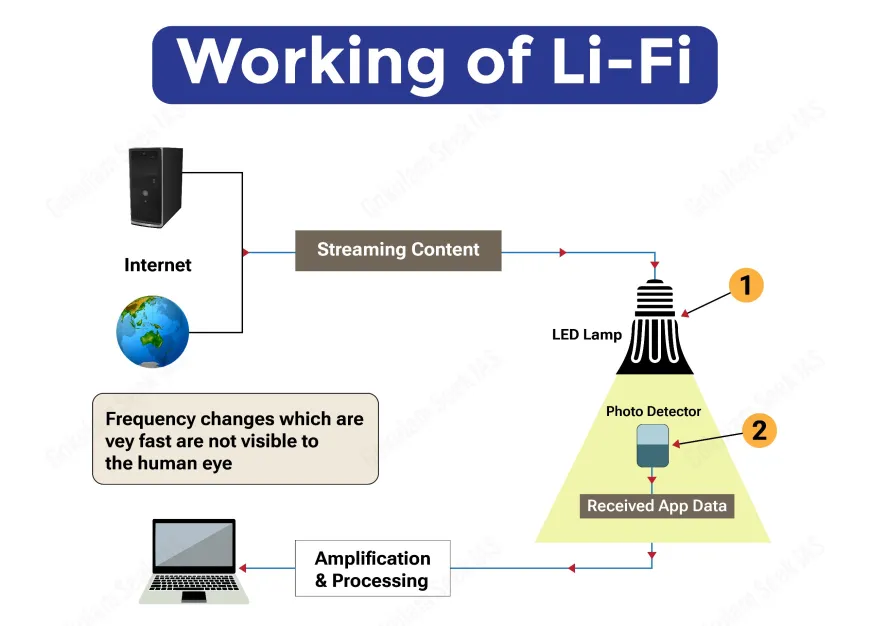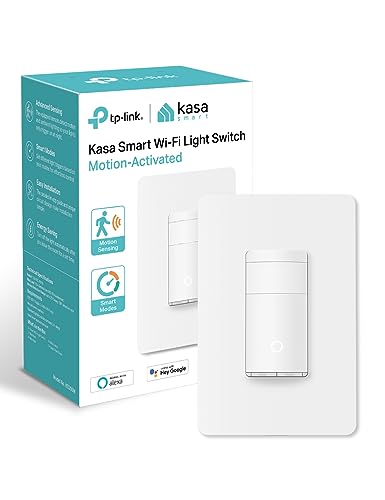Are you ready to make your network faster, safer, and more reliable in 2025? Your network is the backbone of everything you do, whether it’s work, entertainment, or staying connected.
But with new challenges and technologies emerging, sticking to old habits won’t cut it anymore. You’ll discover simple yet powerful best practices that can transform your network. These tips will help you avoid costly mistakes, boost performance, and protect your data.
Keep reading to unlock the secrets that will keep your network running smoothly all year long.
Designing Scalable Networks
Building networks that grow with business needs is important. A scalable network handles more users and devices without problems.
Good design helps networks stay fast and reliable as they expand. Planning ahead saves time and money later.
Modular Architecture
Modular design divides the network into separate parts. Each part works independently but connects easily to others.
This approach makes upgrades and repairs easier. You can add new modules without changing the whole system.
- Separate core, distribution, and access layers
- Use standard interfaces for easy connections
- Allow parts to be replaced without downtime
Capacity Planning
Capacity planning estimates how much network resources are needed. It looks at current use and future growth.
Good planning avoids slow networks and service interruptions. It helps decide when to add bandwidth or devices.
- Track data traffic regularly
- Forecast user growth and device additions
- Plan for peak usage times
- Set thresholds to trigger upgrades
Future-proof Technologies
Choose technology that stays useful for years. Future-proof tech supports new standards and higher speeds.
Using flexible devices reduces the need to replace equipment often. It keeps networks adaptable to changes.
- Pick hardware that supports software updates
- Use protocols that scale well with growth
- Invest in high-speed fiber and wireless options
- Consider cloud-ready network components

Credit: www.webasha.com
Enhancing Network Security
Network security is very important to protect data and systems. As technology grows, new risks appear every day.
Using the right practices helps keep networks safe from attacks. These methods will help you secure your network in 2025.
Zero Trust Models
Zero Trust means no one is trusted by default inside or outside the network. Every user and device must prove they are safe.
This model limits access and reduces risks from hackers. It checks every request before allowing access.
- Verify users and devices every time
- Limit access to only needed resources
- Monitor all network activity closely
Automated Threat Detection
Automated tools find threats quickly by scanning network data. They help stop attacks before damage happens.
Using machine learning, these systems learn normal behavior. They alert teams when something unusual happens.
- Scan traffic for suspicious patterns
- Alert on abnormal user actions
- Respond to threats faster than humans
Secure Access Controls
Access controls decide who can enter the network and what they can do. Strong controls keep unauthorized users out.
Use multi-factor authentication and role-based permissions to tighten security. This lowers the chance of breaches.
- Require passwords plus another verification
- Assign permissions based on job roles
- Regularly review and update access rights
Optimizing Network Performance
Network performance is crucial for smooth communication and fast data transfer. Optimizing it helps reduce delays and improve user experience.
Using best practices keeps networks reliable and efficient. It also helps manage traffic and prevent bottlenecks.
Traffic Prioritization
Traffic prioritization means giving important data higher priority in the network. This ensures critical applications run smoothly.
It helps avoid delays for voice calls, video streaming, and real-time apps by managing network resources carefully.
- Identify critical traffic types
- Use Quality of Service (QoS) settings
- Assign higher priority to real-time data
- Limit bandwidth for low-priority tasks
Load Balancing Techniques
Load balancing spreads network traffic across multiple servers or links. It prevents any single point from getting overwhelmed.
This technique improves network speed and reliability by using resources efficiently and avoiding downtime.
- Use round-robin to distribute requests evenly
- Monitor server health for smart routing
- Implement failover to handle server failures
- Balance traffic based on server load
Latency Reduction
Latency is the delay before data starts to move. Reducing latency speeds up responses and improves user satisfaction.
Techniques focus on shortening the path data takes and making processing faster in the network.
- Use faster hardware and network links
- Place servers closer to users
- Optimize routing paths
- Compress data to reduce size
Implementing Automation
Automation helps manage networks efficiently in 2025. It reduces human errors and saves time.
Using automation tools improves network performance and keeps systems running smoothly.
Configuration Management
Automation in configuration management keeps network settings consistent. It helps avoid mistakes when updating devices.
Automated scripts can apply changes to many devices at once. This saves time and ensures uniformity.
- Track changes automatically
- Rollback to previous settings if needed
- Standardize device configurations
- Reduce manual input errors
Network Monitoring Tools
Automation helps monitor networks 24/7. It detects problems quickly before they cause downtime.
Automated tools collect data and send alerts if something is wrong. This allows fast response from teams.
- Monitor traffic and bandwidth use
- Detect unusual behavior
- Send automatic alerts for issues
- Generate performance reports
Self-healing Networks
Self-healing networks fix some problems without human help. Automation allows networks to recover quickly.
These networks use automated actions to reroute traffic or restart devices. This reduces outages and improves uptime.
- Detect faults automatically
- Reroute traffic around issues
- Restart or reset devices as needed
- Keep network stable and reliable
Leveraging Cloud Integration
Cloud integration helps businesses connect apps and data easily. It makes networks more flexible and faster.
Using cloud services allows better resource use and supports new technologies.
Hybrid Cloud Strategies
Hybrid cloud mixes public and private clouds for better control. It lets companies move data safely between clouds.
This approach helps balance costs and security while keeping systems flexible.
- Keep sensitive data in private clouds
- Use public clouds for less critical tasks
- Manage workloads based on performance needs
Edge Computing
Edge computing processes data near its source, not in a central cloud. This lowers delay and saves bandwidth.
It is useful for real-time applications like smart devices and sensors.
- Process data close to users
- Reduce cloud traffic
- Improve response times
Cloud Security Measures
Protecting cloud data is key to avoid breaches. Use strong security tools and policies.
Regular updates and monitoring help stop attacks early.
- Use encryption for data in transit and storage
- Apply multi-factor authentication
- Monitor cloud activity continuously
- Keep software and systems updated
Adopting Emerging Technologies
Networks are changing fast with new technologies. Companies must learn to use these tools well.
Using the right technology helps networks run better and safer in 2025 and beyond.
5g Networks
5G gives faster internet and better connections. It helps devices talk to each other quickly.
Networks using 5G can support more users and new services without slowing down.
- Supports high-speed data transfer
- Reduces delay in communication
- Enables smart cities and IoT devices
- Improves mobile network coverage
Ai And Machine Learning
AI helps networks learn from data and fix problems fast. It makes systems smarter over time.
Machine learning can predict network traffic and improve security by spotting threats early.
- Automates network monitoring
- Detects unusual activity
- Optimizes resource use
- Improves user experience
Blockchain For Networking
Blockchain stores data in a way that is hard to change. It adds trust to network transactions.
This technology helps protect data and controls access to network resources safely.
- Secures data sharing
- Prevents tampering
- Improves identity management
- Supports transparent audits
Maintaining Compliance And Governance
Networks must follow rules to protect data and ensure safe use. Compliance and governance help avoid risks and legal issues.
Clear processes and controls keep networks secure and meet laws. Staying updated with changes is important for all organizations.
Data Privacy Regulations
Data privacy laws control how personal information is collected and used. Companies must follow these laws to protect user privacy.
Compliance includes securing data, limiting access, and getting consent from users. Regular reviews ensure policies match current laws.
- Understand laws like GDPR and CCPA
- Limit data collection to needed information
- Inform users about data use clearly
- Protect data with encryption and access controls
Audit And Reporting
Audits check if networks follow policies and laws. They find weak spots and help fix problems before they grow.
Regular reports keep leaders informed and show compliance status. Documentation supports transparency and accountability.
- Schedule regular internal and external audits
- Track changes and incidents carefully
- Report audit results to management
- Use audit findings to improve controls
Policy Enforcement
Policies guide how users and systems behave in the network. Enforcing these policies keeps data safe and operations smooth.
Use tools to monitor compliance and block violations. Train staff regularly to understand and follow policies.
- Implement access controls and user permissions
- Use software to monitor network activity
- Apply penalties for policy breaches
- Provide ongoing training and updates

Credit: www.webasha.com
Training And Skill Development
Network technology changes fast. Employees must update their skills often. Training helps teams stay ready for new challenges.
Good training builds strong networks. It lowers errors and improves security. Skill development is key to success in 2025.
Continuous Learning
Learning should happen every day. Network professionals need to read, watch, and practice new ideas. This keeps skills fresh and useful.
Use online courses and tutorials. Follow tech news and updates. Try new tools in safe test labs to gain hands-on experience.
Certifications And Workshops
Certifications prove skills to employers and clients. They show knowledge in specific network areas. Workshops offer real-time practice and feedback.
Attend workshops to learn from experts. Prepare for certifications to boost your career. Both help keep your network skills current.
- Popular certifications: CCNA, CompTIA Network+, AWS Certified
- Workshops focus on security, cloud, and troubleshooting
- Regularly renew certifications to stay valid
Cross-functional Collaboration
Work with teams from different areas. Collaboration helps solve network problems faster. It also builds shared knowledge across the company.
Network staff should talk with developers, security, and support teams. This exchange improves network design and response to issues.
- Schedule regular meetings with other teams
- Share updates and challenges openly
- Use tools to track tasks and progress together

Credit: thenetworkinstallers.com
Frequently Asked Questions
What Are Essential Network Best Practices For 2025?
In 2025, prioritize cybersecurity, automation, and scalability in network best practices. Implement robust firewalls and intrusion detection systems. Regularly update and patch software to prevent vulnerabilities. Utilize AI for network monitoring and threat detection. Ensure your network infrastructure can scale with growing business needs.
How Does Ai Enhance Network Management?
AI optimizes network management by automating routine tasks and improving efficiency. It provides real-time monitoring and predictive analytics, identifying potential issues before they occur. AI can enhance security by detecting anomalies and unauthorized access. This results in reduced downtime and improved network performance.
Why Is Network Automation Crucial In 2025?
Network automation increases efficiency and reduces human error. It enables rapid deployment of updates and configurations. Automation supports scalability and adaptability to business growth. It allows IT teams to focus on strategic initiatives rather than routine tasks, improving overall productivity and network reliability.
How Can Businesses Ensure Network Security In 2025?
To ensure network security, implement multi-layered defenses and regular vulnerability assessments. Use encryption protocols for data protection. Educate employees on cybersecurity best practices. Employ AI-driven security solutions for real-time threat detection. Maintain an incident response plan to address potential breaches promptly.
Conclusion
Strong networks need clear rules and regular checks. Keep devices updated and secure. Use good passwords and change them often. Monitor traffic to spot problems early. Train team members on safe habits. Plan for growth and new technology. These simple steps help networks run well.
Stay careful and stay ahead. Good practices make networks safer and faster. Keep learning and adjusting to stay protected.
19 min read






